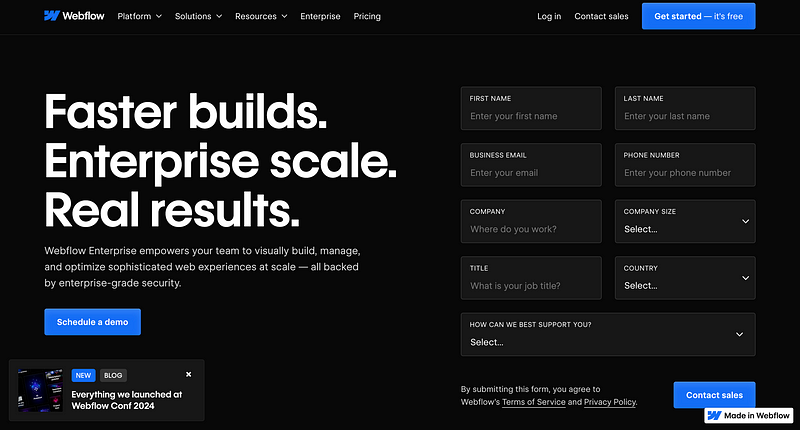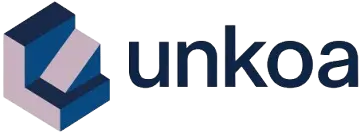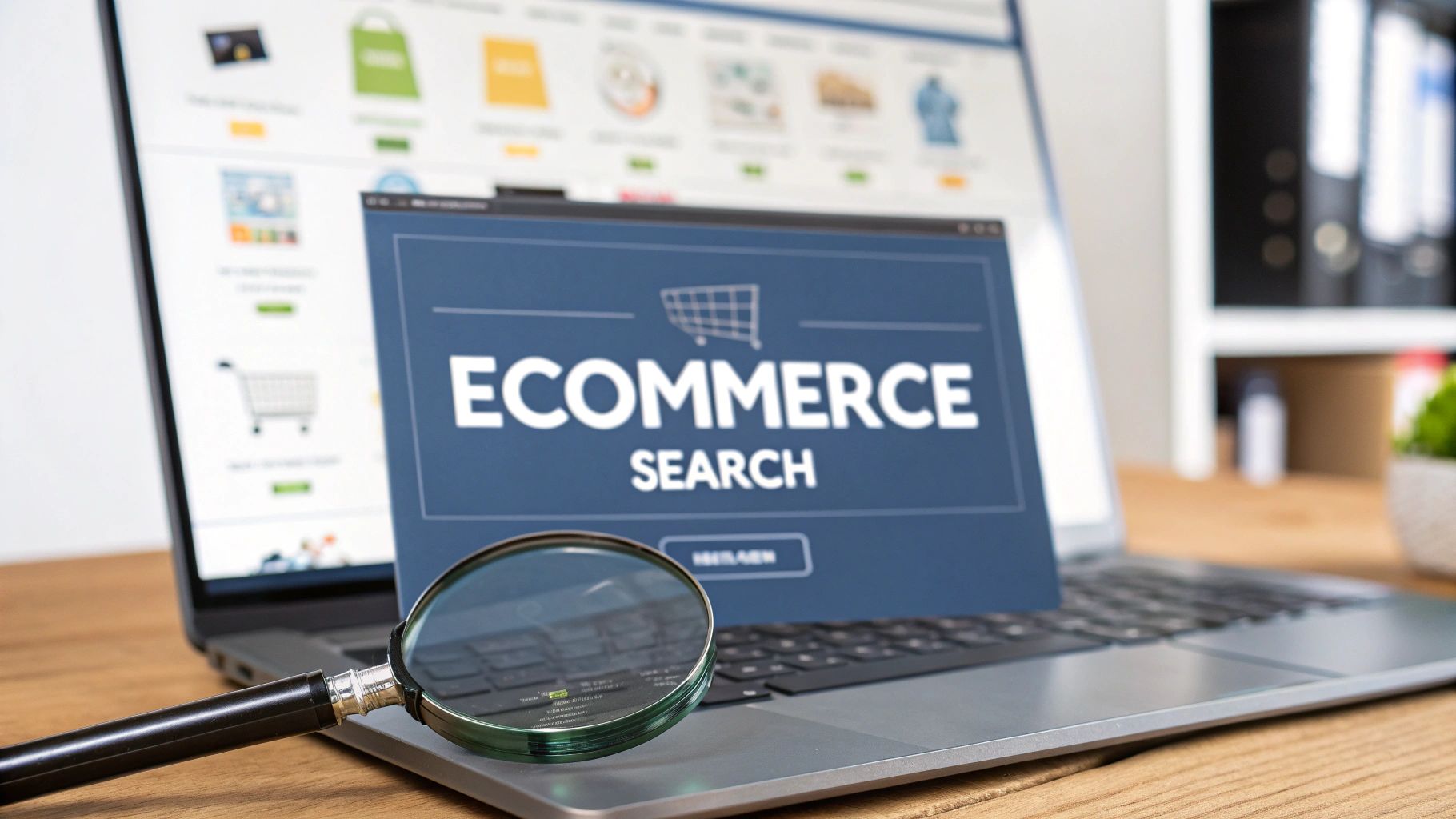Why Agencies Should Choose Webflow: Unlocking Growth and Efficiency
In the competitive world of web design and development, agencies are constantly seeking tools that can boost productivity, streamline…

In the competitive world of web design and development, agencies are constantly seeking tools that can boost productivity, streamline workflows, and deliver exceptional results to clients. Webflow emerges as a game-changing platform that addresses these needs and more. Whether you’re an established agency or a freelancer looking to scale, investing in a Webflow plan could be the strategic move that propels your business forward. This article delves into the reasons why agencies should adopt Webflow and how it can benefit your clients and bottom line.
The Challenges Agencies Face
Before exploring Webflow’s advantages, it’s essential to understand common challenges in the agency landscape:
- Inefficient Workflows: Juggling multiple tools for design, development, and content management can slow down projects.
- Scaling Issues: As client demands grow, so does the complexity of managing multiple websites and updates.
- Talent Gap: Finding skilled developers who can translate complex designs into functional websites is increasingly difficult.
- Client Expectations: Clients demand high-quality, responsive, and interactive websites delivered quickly.
How Webflow Addresses Agency Pain Points
1. Unified Platform for Design and Development
Webflow combines visual design tools with powerful development features, eliminating the need to switch between different software.
- Visual Designer: Create responsive designs visually without compromising on customizability.
- Clean Code Export: Generate production-ready HTML, CSS, and JavaScript code.
- Reusable Symbols: Streamline design elements across multiple pages or projects.
2. Efficient Content Management System (CMS)
Managing content becomes effortless with Webflow’s built-in CMS.
- Client-Friendly Editor: Clients can easily update content without breaking the design.
- Dynamic Content: Build blogs, portfolios, and databases with ease.
- Scalability: Handle multiple projects and large volumes of content seamlessly.
3. Faster Project Turnaround
Speed is crucial in the agency world. Webflow accelerates the development process.
- Pre-built Components: Utilize a library of elements to build sites faster.
- Customizable Templates: Start projects with templates and customize as needed.
- Real-time Preview: See changes instantly, reducing back-and-forth revisions.
4. Enhanced Collaboration
Webflow facilitates teamwork, making it easier for designers, developers, and clients to collaborate.
- Team Accounts: Work simultaneously with team members on the same project.
- Version Control: Track changes and revert to previous versions if necessary.
- Client Feedback: Collect and implement client feedback directly within the platform.
5. Cost-Effective Solutions
Reduce overhead costs associated with traditional development.
- No Need for Extensive Coding: Lower the barrier to entry for designers to create complex sites.
- Hosting Included: Webflow offers secure and fast hosting solutions.
- Flexible Pricing Plans: Choose a plan that fits your agency’s size and needs.
Real-World Success Stories
Many agencies have transformed their operations and achieved significant growth by adopting Webflow. Here are some notable examples:
1. Finsweet
Finsweet, a renowned web design agency, has embraced Webflow to deliver high-quality websites to their clients. By utilizing Webflow’s powerful design tools and CMS capabilities, Finsweet has streamlined their workflow, allowing them to handle complex projects efficiently. Their expertise with Webflow has enabled them to create custom solutions that meet unique client needs, resulting in increased client satisfaction and repeat business.
- Efficiency Gains: Reduced development time by up to 50%.
- Enhanced Creativity: Designers can implement complex animations and interactions without coding.
- Client Success: Delivered impactful websites for clients like Karma and Beamer.
2. Impressive
Impressive, a digital marketing agency, leveraged Webflow to accelerate their web development process. The platform allowed them to provide clients with visually stunning, high-performing websites that drive conversions.
- Improved Performance: Clients saw an average of 30% increase in website speed.
- SEO Benefits: Enhanced SEO features led to higher search rankings for clients.
- Revenue Growth: Expanded service offerings led to a 25% increase in agency revenue.
3. Beyond
Beyond, a design and technology agency, utilized Webflow to bridge the gap between design and development. This synergy allowed them to deliver projects faster without compromising on quality.
- Time Savings: Project timelines reduced by approximately 40%.
- Collaboration: Improved communication between designers and developers.
- Notable Projects: Successfully launched websites for clients like Google and MailChimp.
Benefits for Clients
Adopting Webflow doesn’t just benefit your agency — it also enhances the value you provide to clients.
- Modern, Responsive Websites: Deliver cutting-edge designs that look great on all devices.
- SEO-Friendly: Built-in SEO tools help clients rank higher in search results.
- Easy Maintenance: Clients can manage their content without technical assistance.
- Enhanced Security: Regular updates and SSL encryption protect client data.
- Fast Load Times: Optimized hosting ensures quick page loads, improving user experience.
Getting Started with Webflow
Step 1: Explore the Platform
Sign up for a free account to familiarize yourself with Webflow’s interface and features. Experiment with the designer, CMS, and interaction tools to see how they can fit into your workflow.
Step 2: Choose the Right Plan
Select a plan that aligns with your agency’s needs:
- Individual Plans: Ideal for freelancers and solo designers.
- Team Plans: Perfect for agencies needing collaborative tools and multiple seats.
- Enterprise Solutions: Customized options for large-scale operations requiring advanced features and support.
Step 3: Migrate Existing Projects
Webflow offers resources to help you transition current projects onto the platform smoothly. Use the Webflow University tutorials to learn how to import content and rebuild designs efficiently.
Step 4: Leverage Educational Resources
Utilize Webflow University for tutorials and courses to get your team up to speed. Topics range from beginner guides to advanced techniques, ensuring everyone can maximize the platform’s potential.
Tips for Maximizing Webflow’s Potential
- Invest in Training: Ensure your team is proficient in using Webflow to maximize efficiency.
- Customize Workflows: Adapt the platform to fit your agency’s specific processes, using tools like custom code embeds and integrations.
- Engage with the Community: Join the Webflow Forums and community groups to share insights and learn from other users.
- Stay Updated: Keep an eye on Webflow’s release notes for new features and improvements.
- Utilize Integrations: Enhance functionality with integrations like Zapier, Google Analytics, and CRM tools.
Conclusion
In an industry where time is money and quality is paramount, Webflow offers a robust solution that empowers agencies to deliver exceptional websites efficiently. Its all-in-one platform bridges the gap between design and development, allowing teams to collaborate effectively and meet client demands with ease.
Agencies like Finsweet, Impressive, and Beyond have already reaped the benefits of adopting Webflow, experiencing significant improvements in productivity, client satisfaction, and revenue growth.
Investing in a Webflow plan is more than just adopting new software — it’s a strategic decision that can enhance your agency’s capabilities, satisfy your clients, and ultimately drive business growth.





